An ice age represents an extended dip in global temperatures and major glacial expansions around the world. During such expansions, a large part of the earth is covered in an ice sheet for an extended period of time, sometimes lasting for millions of years. Even though we know that humans survived the last ice age, many details of the nature of this glacial era remain a mystery.
But the efforts of geologist Louis Agassiz and mathematician Milutin Milankovitch have helped us to understand the very nature and cycle of such ice ages. Now we know that at certain periods of time in the history of the earth, massive ice ages have occurred on a global scale.

Here is a list of the top 10 things you should know about the ice age:
10. The Glaciers

The massive glaciers found around the world are not only the biggest resources of fresh water on the planet, but they are also relics left over from previous ice ages. In simple terms, once ice ages subside and the sheets of ice melt away, glacial ice in some parts of the world still remains.
At present, around 10 percent of the earth’s surface is covered in glaciers. But not so long ago, during the last ice age, glaciers covered as much as one third of the entire earth’s surface.
The glaciers were of different sizes; many were about the size of a football field and some huge ones spanned hundreds of miles. In fact, the ice sheet that surrounds Antarctica is actually a glacier itself and has been in existence for the last 40 million years.
9. The Rise of the Himalayas and the Ice Age
Avalanches in the Himalayas may be a routine affair, but these majestic mountains are generally not associated with weather change on a global scale. Extensive geological research shows that the rise of the Himalayas might also have led to the rise of major ice ages in history. The Indian and Tibetan plates have been colliding with each other for millions of years, giving rise to the colossal Himalayas and the majestic Tibetan plateaus.
This constant drive not only changed the earth’s topography, but might also have initiated massive monsoons in Asia about eight million years ago. Furthermore, as fresh stone was added to the topography as the mountain range rose, chemical erosion caused a dip in the amount of greenhouse carbon in the atmosphere. This led directly to a number of ice ages that began about 2.5 million years ago, along with the rise of the Himalayas.
8. Gigantic Fauna
During the Pleistocene era, which started somewhere around 1.8 million years ago, a series of ice ages occurred. These ice ages saw the rise of giant animals and birds which modern biologists call megafauna. Some of these prehistoric megafauna survive to this day in the form of elephants, giraffes, and so on.
There were many other gigantic animals that thrived during previous ice ages, but eventually died out. For instance, the glyptodon, a super-sized iteration of the modern armadillo, mastodons, mammoths, and saber-toothed tigers roamed the plains of North America.
The fact that a thriving population of such majestic megafauna became suddenly extinct around 10,000 years ago still puzzles scientists today. Extended research has attributed their disappearance to rapid warming periods that occurred towards the end of the last ice age. At the same time, the rise of the human population and the practice of hunting megafauna for food and leather also paved the way to their extinction.
7. Mini Ice Ages
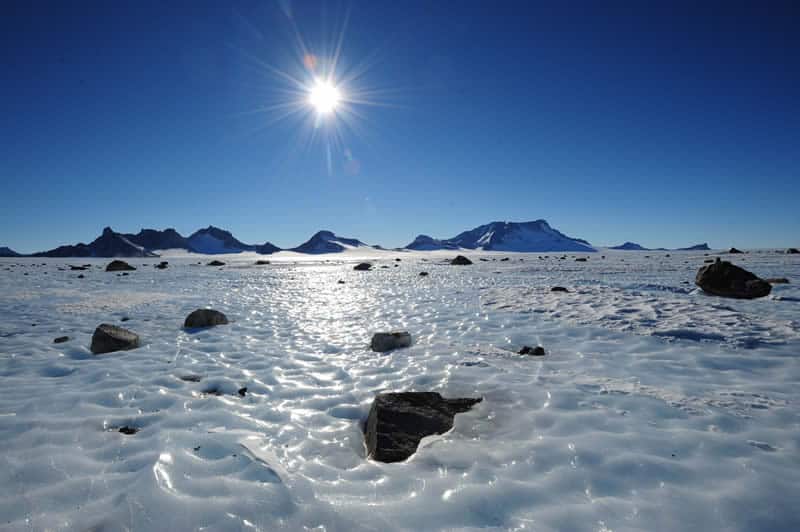
Between the large-scale ice ages, several smaller ice ages appear from time to time. These mini ice ages are not as destructive as the major ones, but they are still capable of causing widespread famine. The last mini ice age was recorded in the 14th century in the Nordic regions of Europe. This mini ice age was responsible for an unprecedented period of extremely cold dips in temperature over the northern hemisphere.
It also brought repeated plagues, famines and misery for the local population. In fact, there were extended periods of time without any summer at all, and the adverse climatic conditions made daily life difficult. This might explain why the general impression of the Dark Ages is so gloomy. The cause of such mini ice ages is yet to be found, but scientists attribute the last mini ice age to a sudden drop in solar energy.
6. Effects of Excessive Pollution
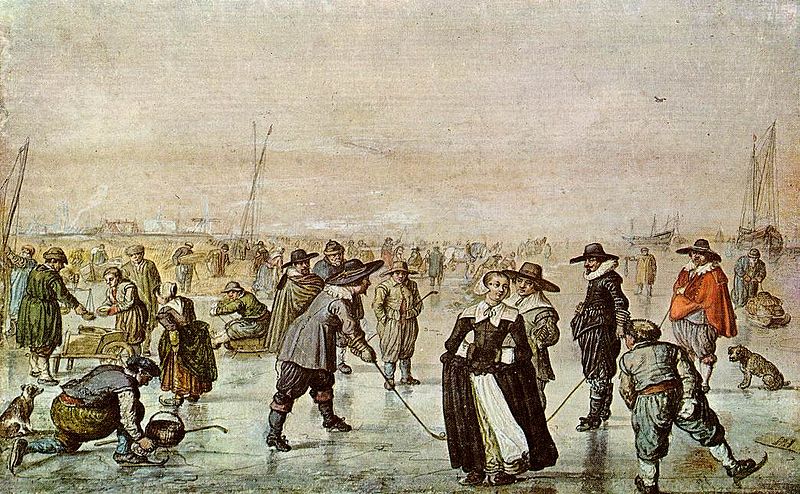
It is generally thought that major and mini ice ages occur at regular intervals. But if we consider the alarming rate at which global warming is affecting our environment, the natural cycle of the ice ages might become disrupted.
In fact, according to scientists, if we follow the natural cycle, the next ice age should appear within the next 1,500 years. However, worldwide greenhouse emissions have been so high that this cycle has been significantly pushed back.
Even though ice ages are a naturally occurring phenomena, they require an extended period of time with exceptionally low levels of carbon dioxide in the atmosphere in order to occur. With the present rate of global warming, the chances of such incredible dips in carbon dioxide are next to none.
Scientists believe we have thrown the ice age cycle so far off that even if all excessive carbon emissions were stopped today, the next ice age would occur at least 1,000 years off schedule.
5. Adverse Topography
By the time the last Pleistocene ice age started, all major continents had moved into their present positions. When the ice age was at its peak, contemporary topography could not have been more different than today. It was so different that Hawaii was actually covered in glaciers around 18,000 years ago. The whole of Antarctica was covered in massive ice sheets which may sound obvious, but then so were large areas of Europe, North America, South America, and certain parts of Asia.
The Pleistocene era saw at least 20 different glacial phenomena within it; a cyclical period of extreme freezing and receding of the ice sheets. When periods of freezing were extended, these ice sheets covered almost all of North America and Canada, and stretched over present-day Greenland. Scientists estimate that at least 30 percent of the entire earth’s surface was covered in ice during that time. Other ice ages before the Pleistocene era were even more extensive.
4. The Rise of Modern Humans
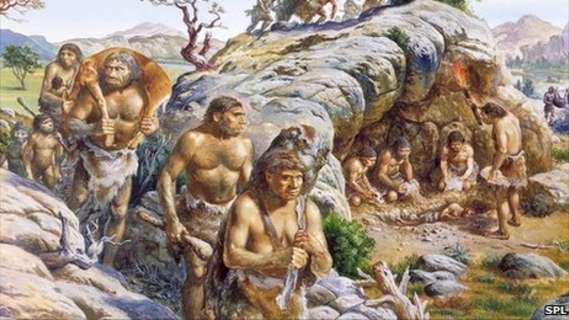
The first modern humans, Homo sapiens, showed up in Africa about 100,000 years ago and they started to truly thrive only about 10,000 years ago. In between these two points in time, they went through a Herculean ordeal of survival in adverse and inhospitable environments for thousands of years.
Unlike other contemporary megafauna, humans were neither huge nor furry enough for natural insulation from the cold, but they were able to use their inventiveness to cope with some of the harshest climates. They were able to bear the brunt of the lowest temperatures from the last ice age around 25,000 to 15,000 years ago, when the mercury dipped bone-chillingly low. They were fast learners. They built warm shelters from mammoth bones and used animal fur for protection against the cold.
3. The Longest Ice Ages
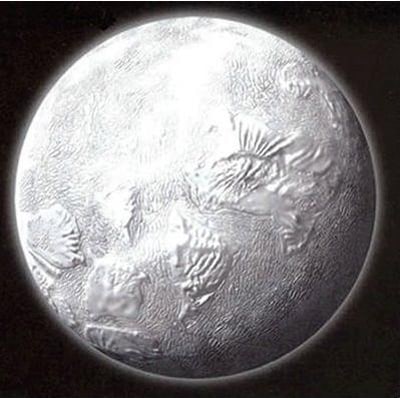
The earth has witnessed at least five major ice ages in its history. A normal ice age happens periodically in between large-scale glaciations and lasts somewhere between 44,000 and 110,000 years, but if we track back to one of the earliest major ice ages, we will find the biggest of them all – the Huronian glaciation.
The Huronian glaciation was the longest recorded ice age in earth’s history in which the planet witnessed global-scale glaciation approximately 2,400 to 2,100 million years ago. It occurred for such a long duration that it extended over two geological periods in the Paleoproterozoic era. Then there was the Cryogenian period which lasted for more than 200 million years. The Karoo ice age went on for another 100 million years. The last of them all, the Quaternary ice age started around 2.5 million years ago and is still going on.
2. Snowball Earth
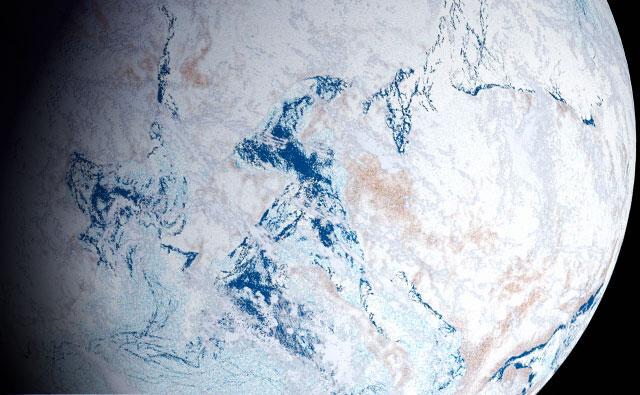
We already know that around 30 percent of the earth’s surface was covered in ice during the last ice age. Even in the most severe glaciations, only around a third of the earth is usually covered in massive sheets of ice. But on more than one occasion, the entire surface of the earth has been known to have been smothered in ice, earning it the moniker “snowball earth” because it resembled a massive woolly ball of snow when observed from space.
One of the most famous ice ages is probably the Sturtian/Marinoan glaciation that took place 710 to 640 million years ago. In fact, this particular ice age saw continental glaciations on such an unprecedented scale that even regions around the equator had massive glaciers. In fact, globally, the average temperature was below -30°C, even colder than present-day Antarctica.
During this time, only sea life was able to survive in hydrothermal vents below the massive ice sheets. The water below these massive sheets was relatively warm and occasional sunlight was able to penetrate enough to make photosynthesis possible.
1. The Next Ice Age
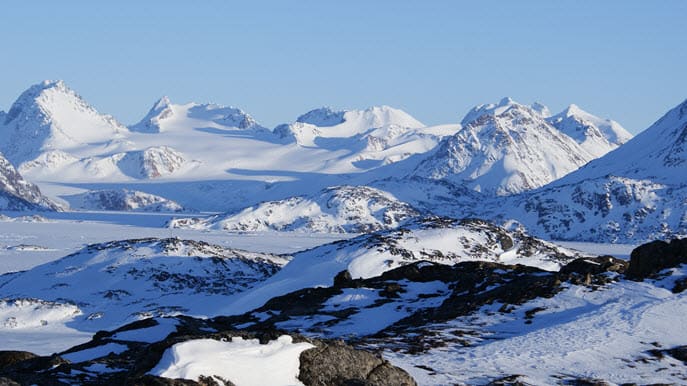
The prospect of when the next ice age might hit us is both intriguing and spine-chilling. Rising levels of greenhouse gases might have thrown the natural glaciation cycle off balance, but according to scientists, there is a possibility that a mini ice age might happen around 2030. Solar activity is getting eerily similar to that which occurred during the last mini ice age of the 17th and 18th centuries.
We can now predict the solar cycle with greater accuracy, and the prediction model depicts that solar activity will fall by around 60 percent within the next decade. If we follow the subsequent natural process, this will lead to significant dips in global temperatures, especially in areas away from the equator. But there are many who oppose this possibility with the argument that even if solar radiation was at the level of previous mini ice ages, the warmth from manmade greenhouse gases will effectively ward off any chances of mini glaciations.
Conclusion
Most of us are only familiar with recent ice ages of the past 100,000 years, but major ice ages have been ravaging the planet for billions of years. Whenever there have been extended periods of low solar activity and continuous dips in global levels of carbon, there have been inevitable dips in temperature all around the world leading to yet another ice age. The present level of global warming might possibly have thrown the next imminent ice age far off schedule, but nature always has the last word.